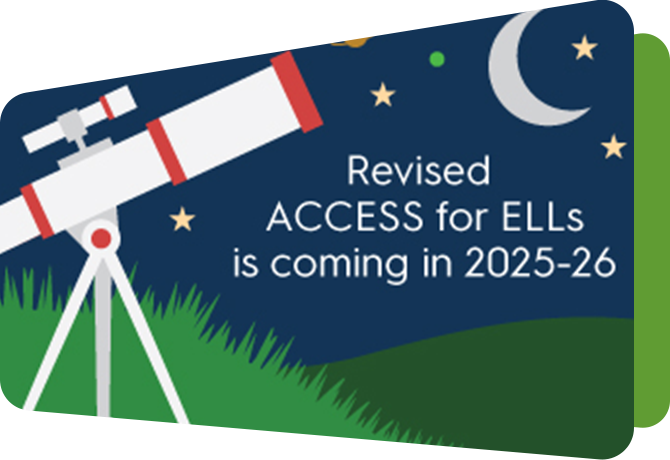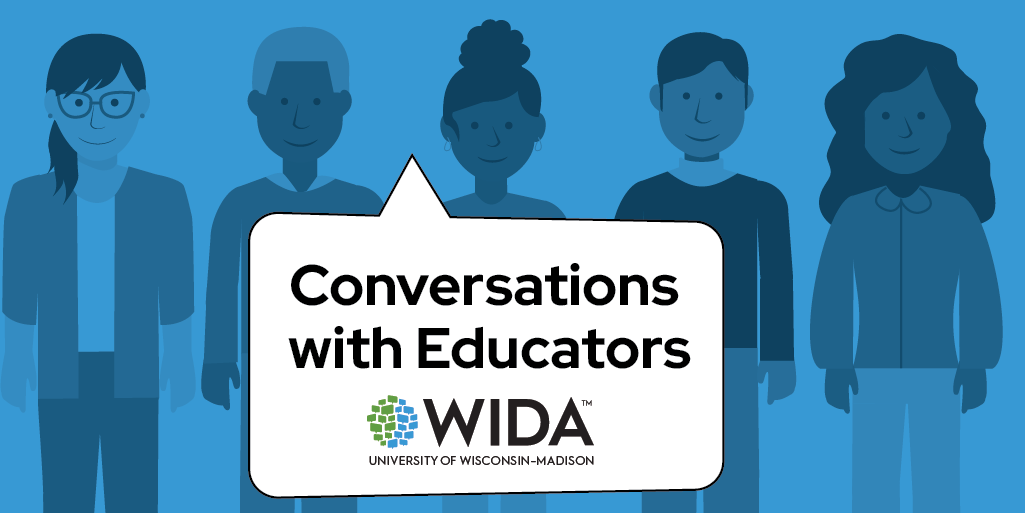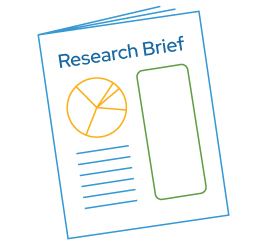Pracademia, the field in which individuals engage in both real-world practice and research, offers a powerful framework for educators to enhance both teaching and learning. This approach bridges the expertise of academics and practitioners as we have analyzed in previous research briefs exploring the intersection between teaching and research (Mendoza-Chirinos & Salas, 2024) and the contributions pracademics have made to the multilingual and transcultural contexts in which they work (Mendoza-Chirinos & Salama, 2024). This research brief explores how principles of pracademia can be incorporated into classroom settings through action research and draws on examples from educators around the world to illustrate effective practices.
As educators engage with and deepen their understanding of research, they begin to define their identity as pracademics. This dual role of both practitioner and researcher enables them to address real-world classroom challenges using evidence-based strategies. As highlighted in Buick et al. (2018) and Grafström, Jonsson & Klintman (2023), collaborative efforts in pracademia are essential for improving educational quality, particularly in language education.
To support the work of educators in pracademia, it is crucial to provide accessible pathways into research. One such pathway is through action research, an approach that allows teachers to investigate specific issues in their classrooms, implement changes, and evaluate outcomes. As described in Burns (2009), the step-by-step methodology of action research enables educators to modify their teaching based on data and reflection, allowing them to improve students’ learning at all levels of education. Mertler (2017) writes, “Action research allows teachers to study their classrooms—for example, their own instructional methods, their own students, and their own assessments—in order to better understand them and to be able to improve their quality or effectiveness” (p. 4).
Global Case Studies in Pracademic Action Research
Ljerka’s Multilevel Classroom Research (Croatia)
Ljerka, a teacher trainer in Croatia, sought to engage educators in research through her work with the Ministry of Education. To model the process, she applied action research in her own classroom and designed a four-step research model.
- Identify the problem: She began by identifying challenges that learners faced in her multilevel classroom.
- Implement strategies: She introduced targeted strategies and activities to address these challenges and meet diverse learner needs.
- Collect data: She compared student performance in lessons with and without interventions.
- Analyze and share: She documented her process, analyzed the data, and prepared a report to publish and to share with the teachers at the Ministry of Education.
The outcome was not only improved classroom practices but also a contextualized research model that could be shared with other educators in professional development offerings.
Sarah’s Content and Language Integrated Learning Lesson Design (Czech Republic)
Sarah, a lower secondary school English teacher in the Czech Republic, was assigned to teach a history class to students in eighth grade using principles of content and language integrated learning (CLIL). Early in the school year, she realized that her CLIL lessons were more teacher-centered and of a traditional design, unlike her usual student-centered English lessons. To address this, she did the following:
- She studied CLIL methodology and revised her lesson planning template based on what she learned.
- She engaged in action research with her students across six lessons and used a reflective diary to note her ideas and document her process.
- She collected students’ work and developed a questionnaire for her students to complete as a way of assessing the lessons, especially the newly implemented activities that focused on student involvement, engagement, choice, and reflection.
- She analyzed her data to determine if the revised lesson planning template resulted in a better lesson design and improved student learning and engagement and reflected on the findings.
Her findings showed that the revised lesson planning template not only eased CLIL lesson preparation but also improved teaching and student engagement. In addition, she identified areas for further improvement, such as enhancing scaffolding and task guidance, setting the stage for a second research cycle.
Ouafa’s Literature Engagement Strategy (Algeria)
Ouafa, a literature teacher in Algeria, used exploratory action research to increase student engagement in a multilingual classroom. Her students did not identify with traditional literary texts, making them feel disconnected and unmotivated to learn. To address this, she took the following steps:
- She conducted diagnostic interviews and classroom observations to identify the root causes of low student engagement.
- She integrated artificial intelligence (AI) tools into her instruction to personalize content and connect it to students’ lives.
- Through observation and checklists, she documented a marked increase in student motivation and participation evidenced by student work and their reflections on the new tools.
- Finding that learners became more engaged with content following the integration of the AI tools, she went on to plan additional, similar lessons.
To disseminate these findings, she shared her experience through a female mentorship program she was a part of at the time of her research. Through her presentation, she offered insights into the use of AI to enhance extrinsic motivation in literature instruction.
Anna’s Peer Feedback Study (Czech Republic)
Anna, an upper secondary school English teacher in the Czech Republic, sought to integrate peer feedback into her sophomore students’ writing assignments but questioned its perceived value and impact on their writing skills. To ensure effective implementation, she gathered insights on best practices and formulated two research questions:
- How do my students perceive giving and receiving feedback?
- What impact does peer feedback have on my students’ writing?
Through a pros-and-cons essay assignment, she
- Modeled peer feedback and guided students through the process of giving feedback using a writing rubric and sample essay
- Held practice sessions in which students engaged in structured peer review by providing feedback on peers’ essay drafts and revising their own drafts based on the feedback they received
- Collected data through two questionnaires, one prior to the assignment to assess students’ experiences and attitudes toward peer feedback, and the second one after the assignment to evaluate perceptions of peer feedback and its impact on improving writing skills
- Collected students’ essays (draft and final versions)
Her analysis revealed that students had a positive perception of peer feedback and found the process valuable. It also improved the quality of students’ writing. However, she identified inconsistencies in how students used the rubric; those who did not reference it tended to provide general rather than constructive feedback. Based on her findings, Anna concluded that additional practice with rubrics is necessary to fully harness the benefits of peer feedback in future lessons.
Mabel’s Language Development Initiative (U.S.A.)
Mabel, an educator in the United States, works with middle school newcomers who are in their first or second year of schooling in the country. There are approximately 500 multilingual learners (MLs) at her school. For her language development initiative, she
- Leveraged ACCESS scores and district data to expand the implementation of an online language development program in her two English learner classes
- Documented her findings and shared them with the school administration, who in turn mandated daily participation in the program for second-year MLs, rather than the previous alternate day schedule
- Promoted increased instructional time dedicated to language development, which enabled her to provide more personalized support to students struggling with vocabulary acquisition, decoding, fluency, literacy, and oracy.
These instructional improvements were shared with the literacy specialist at Mabel’s school and with educators across the district, who found the initiative beneficial. As a result, students demonstrated measurable progress in foundational literacy skills, including high-frequency word recognition, spelling, fluency, reading comprehension, and writing proficiency.
Zoe’s Formative Assessment Exploration (Czech Republic)
Zoe, a lower secondary school English teacher in the Czech Republic, had been implementing formative assessments for some time but recently began reevaluating the efficacy of different strategies and students’ preferences. Seeking to refine her approach, she did the following:
- She tested several formative assessment strategies with her sixth grade English classes and identified which strategies best informed her teaching and were preferred by students.
- Using the selected strategies in her lessons, she documented student behavior and the quality and amount of information she was able to gather. She also collected students’ feedback about their preferences for different strategies.
- She analyzed her observation notes about each strategy and compared them with students’ responses.
Her findings revealed which strategies were most effective at providing information on student learning and student preferences as well as the importance of strategies tailored to specific learner groups. She also noted that lack of familiarity with a strategy along with its complexity could impact its efficacy, underscoring the need for deliberate introduction and scaffolding.
Challenges and Solutions for Pracademics
The case studies shared here demonstrate that classroom-based research is not only feasible but also yields significant instructional outcomes. However, while these cases highlight exemplary educators and initiatives, they also reveal the importance of institutional support in ensuring educators are able to engage in research and exercise their role as pracademics. Without this support, such practices may not be sustainable in the general educator population.
As we have explored in this series of research briefs, pracademics face the ongoing challenge of navigating dual roles — balancing the demands of teaching and research while maintaining credibility in both domains. Institutional barriers, such as rigid academic structures and limited recognition of their contributions, often hinder collaboration between educators and researchers. Additionally, excessive workloads make it difficult to engage meaningfully in both practice and research, leading to burnout and diminished impact.
To mitigate these challenges, institutions can implement structured support systems, such as mentorship programs and professional development opportunities, that refine pracademics’ roles and facilitate time management. Policy changes aimed at better integration of research within educational practice can enhance institutional support, while establishing clear agreements on balanced workloads can create sustainable pathways for pracademic engagement.
By fostering meaningful collaboration between educators and researchers, pracademics can drive innovation and bridge the gap between theory and practice. When supported by robust systems, their contributions amplify impact and propel education toward a more dynamic, learner-centered, and research-driven future!
Future Directions
This series of research briefs has highlighted both theory and ongoing efforts within pracademia, identified existing needs, and explored methods to support pracademic contributions to the field of multilingual education. Moving forward, we must consider how to create contextual models for language classrooms that achieve the following:
- Enable educators to engage in research that not only addresses classroom challenges but also contributes to the advancement of the field.
- Promote collaboration between practitioners and researchers to better inform educational practices and enhance learner achievement.
- Create the systems and spaces that allow pracademics to refine their skills and bridge the gap between practice and research.
Author Biographies
As a researcher for WIDA Español, Grazzia Maria Mendoza Chirinos facilitates research processes. In addition, she contributes to the design of professional development resources through innovation, contextualization during implementation, and the promotion of complex, consistent, and quality research.
Gabriela Kleckova is Chair of the Department of English at the University of West Bohemia Faculty of Education in Plzen, the Czech Republic, where she also teaches second-language teacher education courses to preservice and in-service teachers. Her professional interests include teacher education, innovation in education, and leadership. Gabriela Kleckova served as president of TESOL International Association from 2021–2022.
References
Buick, F., Blackman, D., O’Flynn, J., O’Donnel, M., & West, D. (2015). Effective practitioner–scholar relationships: Lessons from a coproduction partnership. Public Administration Review, 76(1), 35–47. https://doi.org/10.1111/puar.12481
Burns, A. (2009). Doing action research in English language teaching. Routledge.
Grafström, M., Jonsson, A., & Klintman, M. (2023). Embracing the academic–practice gap: Knowledge collaboration and the role of institutional knotting. Management Learning, 56(2), 160–183. https://doi.org/10.1177/13505076231213056
Mendoza Chirinos, G. M., & Salama, A. (2024). Pracademics at the intersection of multilingualism and transculturalism (WIDA Research Brief No. RB-2024-2). Wisconsin Center for Education Research.
Mendoza Chirinos, G. M., & Salas, A. (2024). Pracademics: The intersection of teaching and research (WIDA Research Brief No. RB-2024-1). Wisconsin Center for Education Research.
Mertler, C. A. (2017). Action research: Improving schools and empowering educators (5th ed.). SAGE Publications. https://doi.org/10.4135/9781483396484





